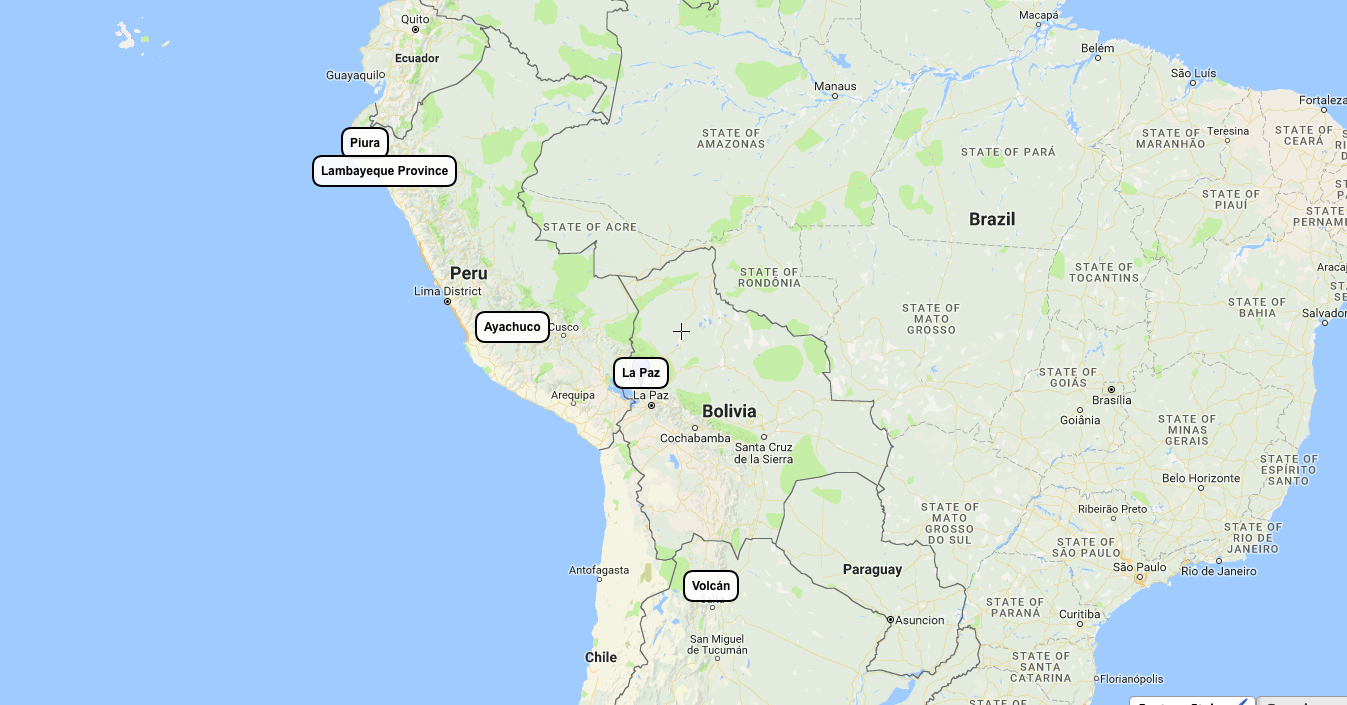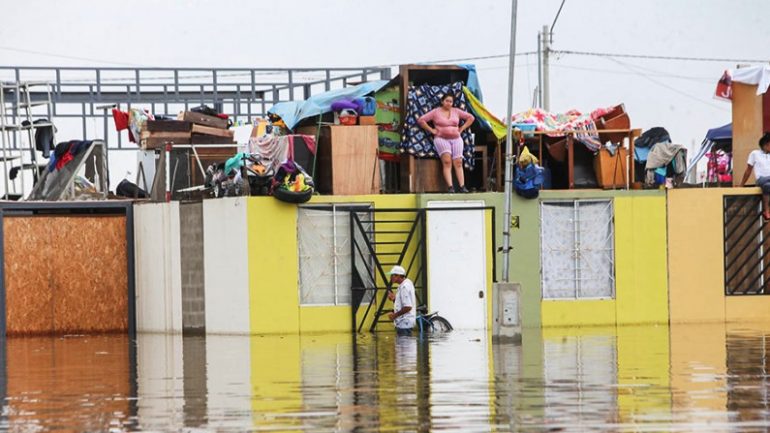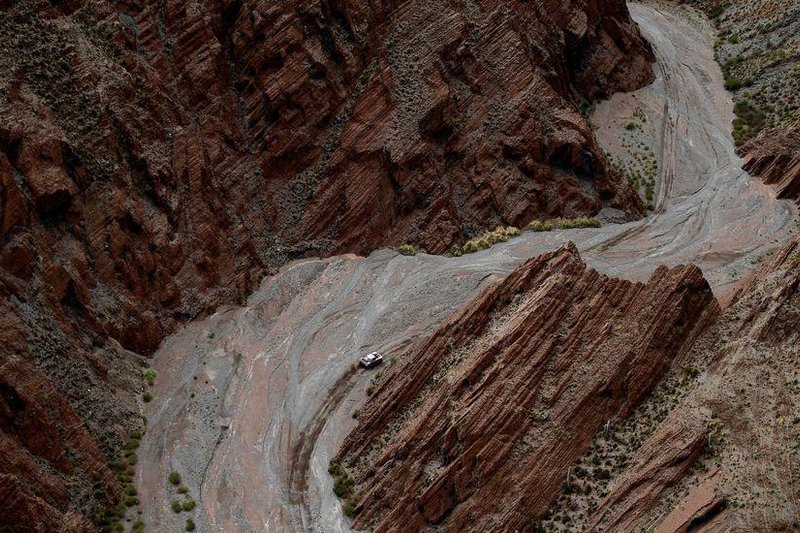Heavy rains have drenched central South America over the past month, causing dangerous flooding in Bolivia and Peru. As a result, lives have been lost, houses have been destroyed, and crops have been threatened in both countries. The states’ governments have been forced to deploy emergency assistance to bring aid to those threatened by the extreme weather.

In Bolivia, severe downpours have surprised unprepared towns and villages. In January, the Bolivian town of La Paz received 37 mm of rainfall in two days. This accounts for 25% of the city’s average annual rainfall, at 137 mm. Last month near Villa Pagador, just 10 minutes of heavy rain caused rivers to overflow, resulting in flash flooding. The country also faced flooding following violent thunderstorms in December, which resulted in the deaths of eight Bolivians.
These floods follow a period of severe drought. In fact, in 2016 Bolivia faced the country’s worst drought in 25 years. Water shortages in the country’s highlands led to both political and economic disputes, as residents fought for access to clean, safe water. The drought grew so extreme in November, particularly in La Paz, that a state of emergency was declared. Today, post-drought flooding makes the country vulnerable to mudslides and landslides.
Peru is also experiencing the devastating effects of extreme weather including flooding, landslides, and mudslides. Since the 30th of January, over 90,000 Peruvians have been affected by flooding in the country’s Piura region. On the evening of January 30th, heavy rains in Piura lasted for 30 hours straight. As a result, two people died and over 2,000 others were affected. By February 7th, flooding had displaced over 2,500 residents in the region.
In the nearby region of Lambayeque, nearly 60,000 have been affected by flooding and more than 1,800 homes have been destroyed. The region’s La Leche river has overflowed, threatening residential areas, agriculture, and business in the area. Heavy rains have traveled throughout the country, killing five Peruvians in the southern state of Arequipa. The most affected areas include Arequipa, Huancavelica, Ica, Lima, Moquegua, Piura, Puno, Tumbes, and Ucayali.

Peruvian President Pedro Pablo Kuczynski has responded by pledging to provide emergency services, fuel, and water pumps to Lambeyeque and other affected cities. Additionally, the Peruvian government has declared a 60-day state of emergency in Tumbes, Piura, and Lambayeque.
Extreme weather in Peru has also affected agriculture and farming. In the village of Ayacucho, over 180,000 alpacas have died from starvation, the result of a cold weather front accompanying rains in the region. Low temperatures had caused the fields where the animals graze to freeze over. Families in Ayacucho, who depend on alpaca farming for survival, are fearful of the additional threats future storms may bring. Additionally, floods have destroyed 12,000 hectares of agriculture in the country. These include crops of alfalfa, beans, oats, potato, and quinoa.

South America saw the impact of severe flooding in 2016, as well. In October, heavy thunderstorms led to a massive landslide in the valley of Volcan, Argentina. Homes were destroyed and over 1,000 were evacuated from the area. The landslide interfered with the “Dakar Rally”, a race traveling through Paraguay, Bolivia, and Argentina.